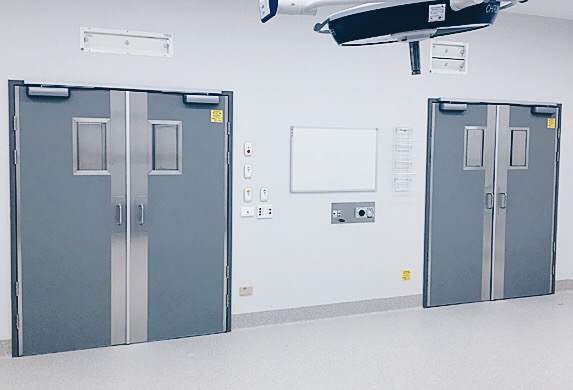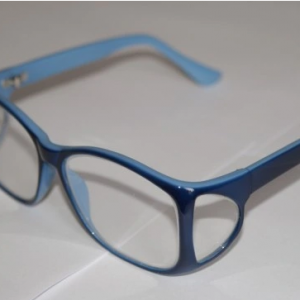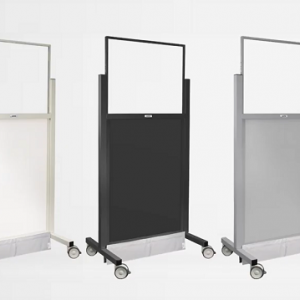A radiation protection lead door is a specialized door designed to provide shielding against ionizing radiation. These doors are commonly used in facilities such as hospitals, dental clinics, research laboratories, and industrial settings where radiation-producing equipment is used.
Lead is a highly effective material for attenuating radiation because of its high atomic number and density. It can block or absorb radiation, reducing its intensity and protecting individuals on the other side of the door. Lead doors are typically constructed using lead sheets or plates that are encased in a sturdy frame made of materials like steel.
The thickness of the lead used in the door determines its radiation shielding capability. The thicker the lead, the greater the level of radiation protection it provides. The specific thickness required depends on the type and energy of the radiation being shielded.
Radiation protection lead doors may have additional features to enhance their functionality, such as radiation-safe viewing windows made of lead glass. These windows allow observation without compromising the shielding effectiveness of the door.
It’s important to note that while radiation protection lead doors are effective at blocking radiation, they should be used in conjunction with other radiation safety measures, such as proper training, monitoring, and adherence to safety protocols.
When installing a radiation protection lead door, it’s crucial to consult with radiation safety experts or professionals who can assess the specific radiation hazards and recommend the appropriate door thickness and design to ensure adequate protection.








Reviews
There are no reviews yet.